Dear Editors:
Thank you for your article by Richard Rule concerning the Katyn Forest massacre, its subsequent cover-up by the Soviets, and worse, the lack of further action by the Western Allies. I was already aware of this tragedy for some years before I read the account in A Night Never Ending by Eugenjusc Komorowski, in 1974. Komorowski was an officer in the Polish Army and a survivor of the massacre at Katyn. At a conference I attended on production of compilation documentary films at UCLA in 1979, a visiting professor stated that there was evidence that some of the officers of the Polish Army that avoided death at Katyn were transported to the Arctic Circle by the Communists. There, they were forced onto ice floes, where they either froze to death or drowned in the icy waters. Even though this was one of the worst tragedies of WWII—and mind you, there were many—it is important for the world to know about this travesty of justice, and that the perpetrators were never held accountable for their actions. Again, thank you for your article. I have a gut feeling that Hollywood will never make a movie about this.
Michael Hitchins
Garden Grove, California
Captain Forrest Biard
Dear Editors:
Regarding your January 2006 Insight piece, I found it strange that author Haufler did not ask Captain Biard about Robert Stinnett’s contention that during the week leading up to the Pearl Harbor attack, Rochefort and Layton withheld the location of the approaching Japanese carriers from Admiral Kimmel. The head of Station Hypo, Homer Kisner is quoted as saying he would have given the carrier information directly to Kimmel. Obviously Biard’s reaction to Kisner’s statement would have been of immense interest. Captain Biard implies that during the run-up to the attack, Rochefort stayed continuously in “the dungeon.” However, it is documented that Rochefort went off duty in the early afternoon of December 6—returning to his home approximately twenty miles away from Pearl Harbor. Could Rochefort have sent Biard to Station Hypo to listen for the “winds” message —keeping him out of harms way? Admiral Layton in And I Was There gives an excuse for Fletcher’s badgering of Biard in front of the staff: Biard’s mis-reporting of signals sent out by a Japanese submarine that was shadowing the U.S. carriers. A more likely explanation of Fletcher’s animosity is that he was aware that Rochefort had sandbagged Kimmel and viewed any member of Rochefort’s unit with contempt. Finally Captain Biard mentions going to Japan in 1939 for language training. Layton, on page 51 of his book, describing an intelligence matter in 1935, refers to Biard as “my Japanese language colleague and friend.”
J.M. Hansen
High Bridge, New Jersey
Dear Editors:
By ignoring two facts, I feel that “Warsaw 1943: A War of Desperation,” by Kelly Bell is misleading and could aid Nazi apologists. First, the ghetto activists trailed the relocation trains to Auschwitz and its gas chambers. This was reported back to the ghetto and later to London. Second, the Polish home army could not defend either the ghetto, or any other part of Warsaw. This was verified in 1944 when the Soviet Union stopped short of the capitol. The Polish home army instead recommended ghetto abandonment and countryside dispersal. The Jewish leadership feared this option—with its unknowns—more than surrender and a trip to Auschwitz.
William H. Mentzer, PE
Meadville, Pennsylvania
USS Wake
Dear Editors:
WWII History is an excellent magazine filled with well-researched articles. I gave it as gifts to several friends and they also enjoy it thoroughly. Keep up the good work. In the September 2005 issue, I read with great interest the article by Eric Niderost entitled “Eleventh Hour Peril.” The crew of the USS Wake gunboat must have known that when hostilities broke out between the U.S. and Japan that they would become Japanese prisoners. I would like to know what the fate of USS Wake’s crew was? Did they survive the war?
Oakley B. Blair
Leesburg, Virginia
Dear Mr. Blair,
According to author Eric Niderost, “Smith was ashore when he got an early morning phone call on December 8 telling him of Pearl Harbor. He rushed down to the waterfront, but Japanese soldiers—who had invaded the International Settlement—refused to let him go aboard the USS Wake. Oddly, they did not take him into custody. He went to his office in the American Consulate, where the staff was busy burning papers, destroying ciphers, and sending last messages. Later that morning Japanese soldiers came and made him a POW. Those aboard ship—and a few others who were on shore—were interned and spent the war as POWs. Smith escaped in October 1944, from Shanghai’s Ward Road Prison: a regular penitentiary before the war that was considered a modern—and escape-proof—penal institution. He escaped with a British Royal Navy officer named Wooley, and a Marine named Storey. After many adventures, and with help from the Chinese people, the trio reached Free Chinese territory. It was a trek of some 700 miles, much of it on foot. Additionally, the USS Wake has the dubious distinction of being the only U.S. warship captured intact by the Japanese in WWII.”
Dear Editors:
In the January 2006 issue of WWII History, the article, “Wake Island Survivor” stated that the Wake garrison was the only force to defeat an amphibious assault during the entire war. My father, Creston Henry Rowland, was a defender of the Corregidor, and shared many stories with me. These stories included his role in the repulsion of Japanese landing craft on Corregidor. I have read many accounts of the events of May 5-6 which suggest the Japanese suffered heavy losses during the attack. I believe Corregidor was not defeated (the men were ready to fight to the end), but was surrendered under the orders of General Wainwright in order to save the lives of nurses and wounded in the tunnels. I feel this is a story worthy of further investigation. Thank you for your consideration, and an excellent magazine.
Archie L. Rowland
Fuquay Varnia, North Carolina
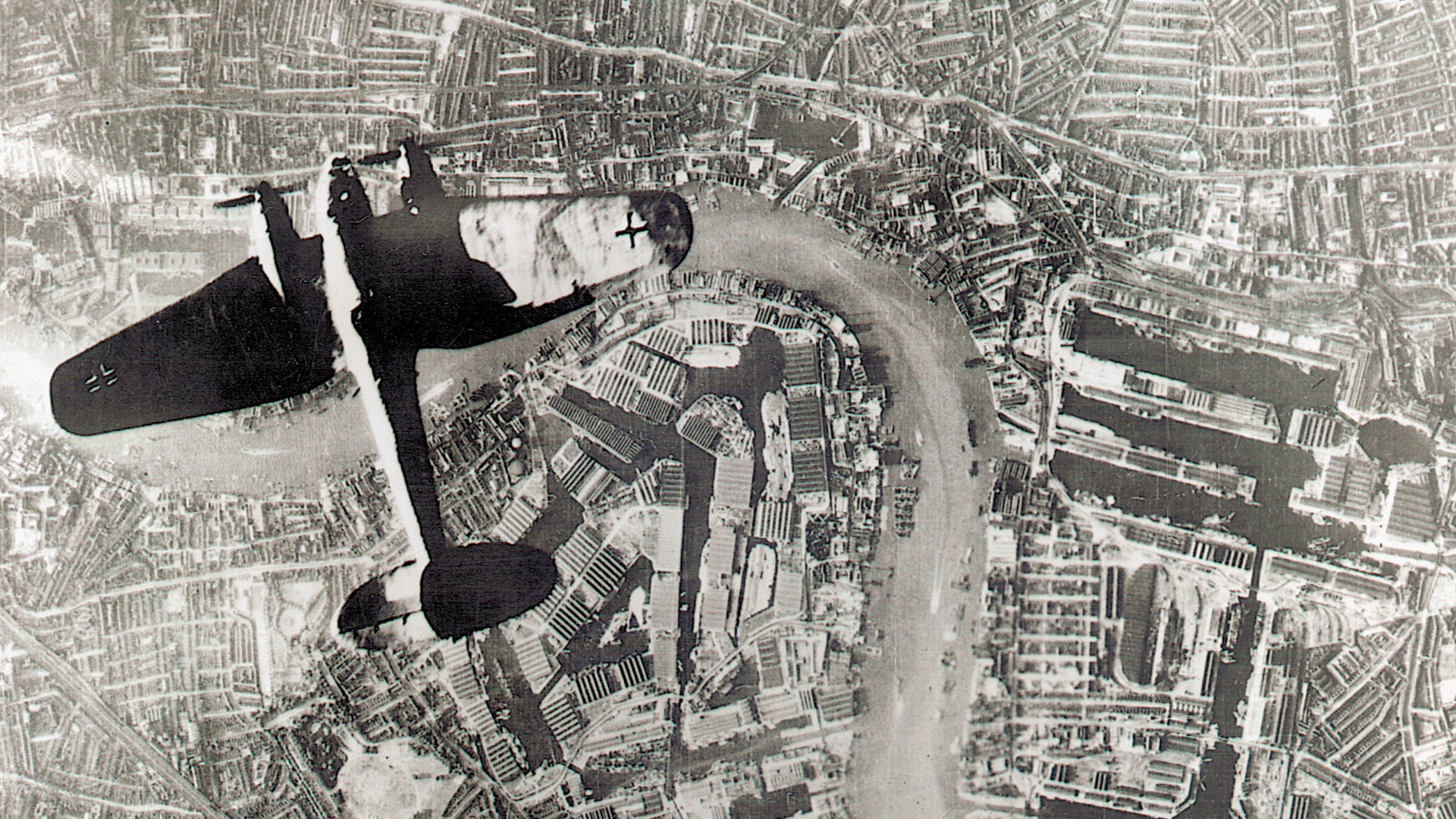
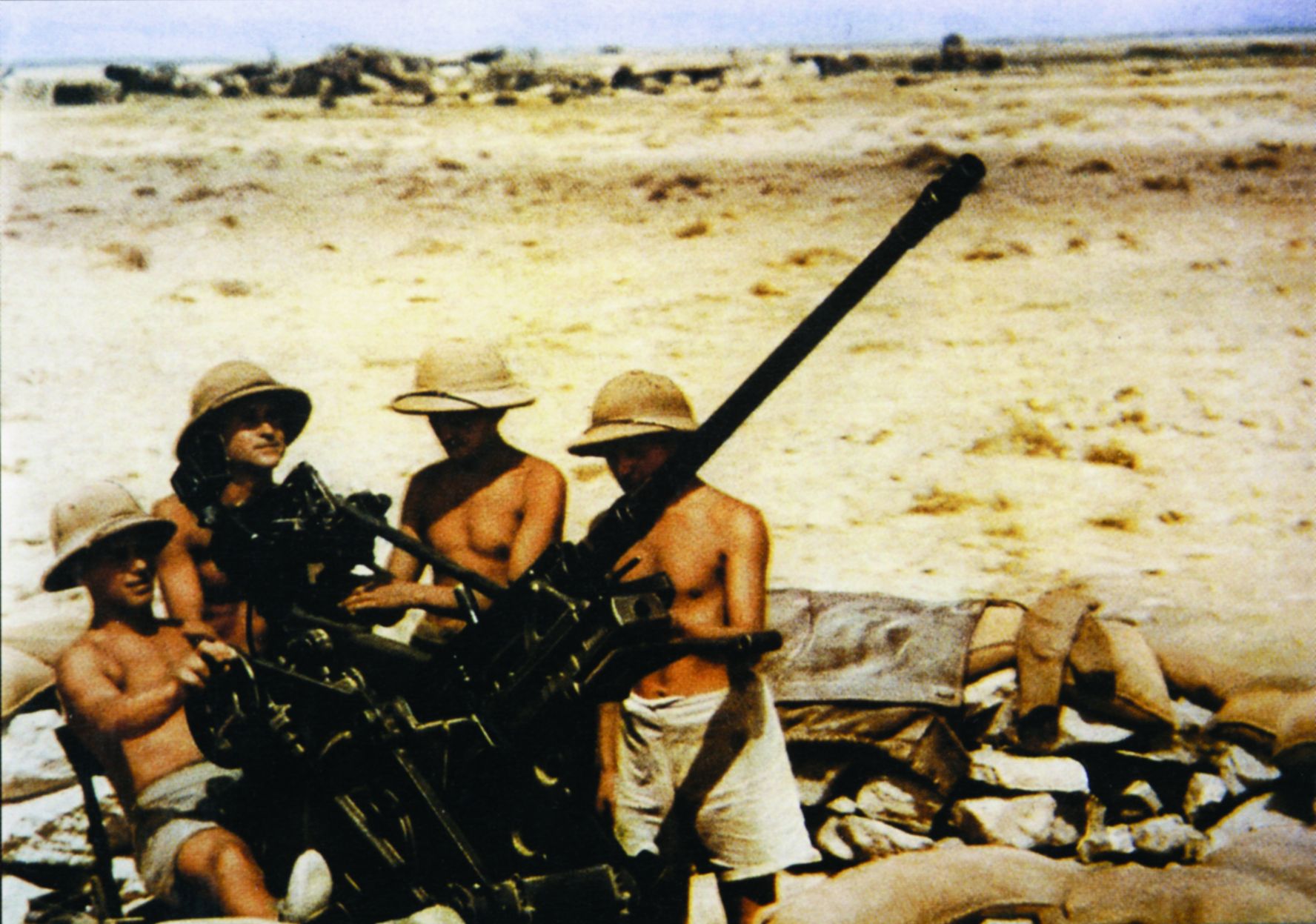
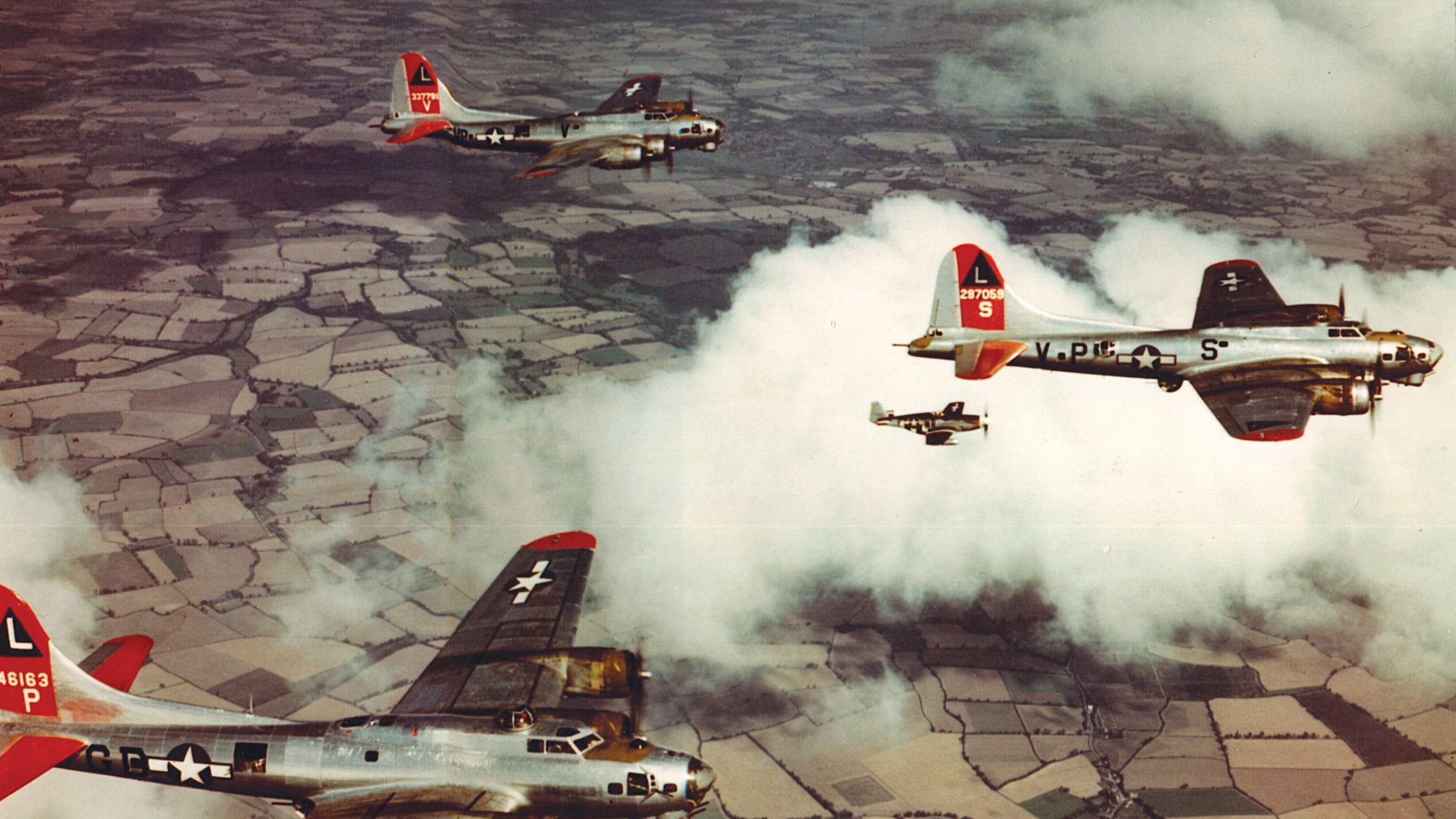
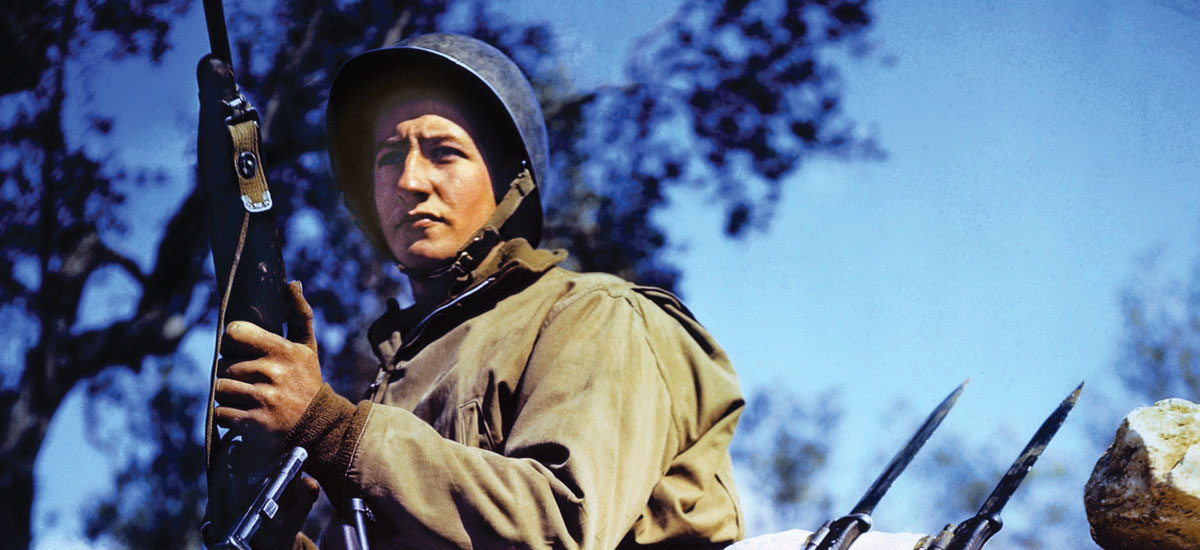
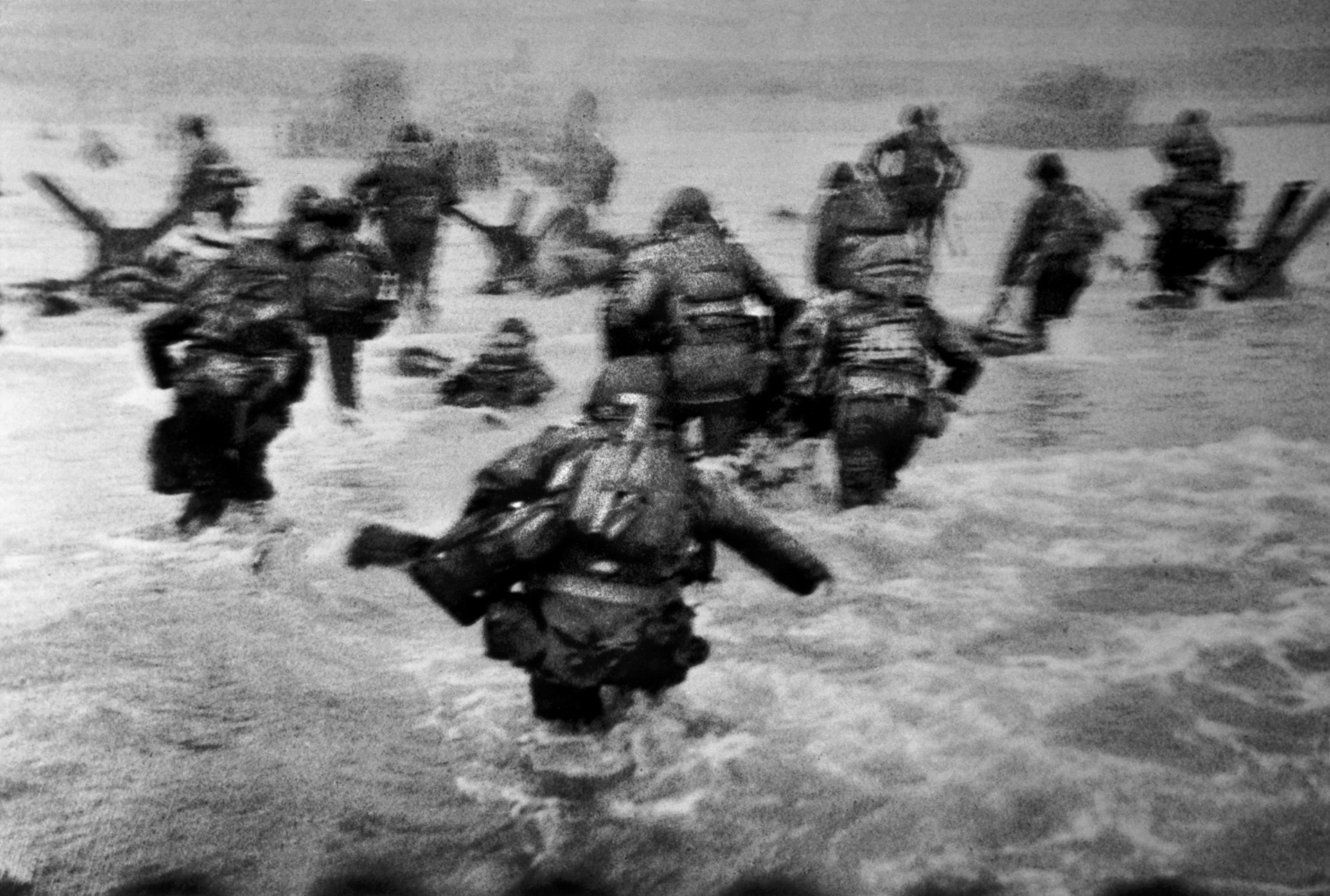
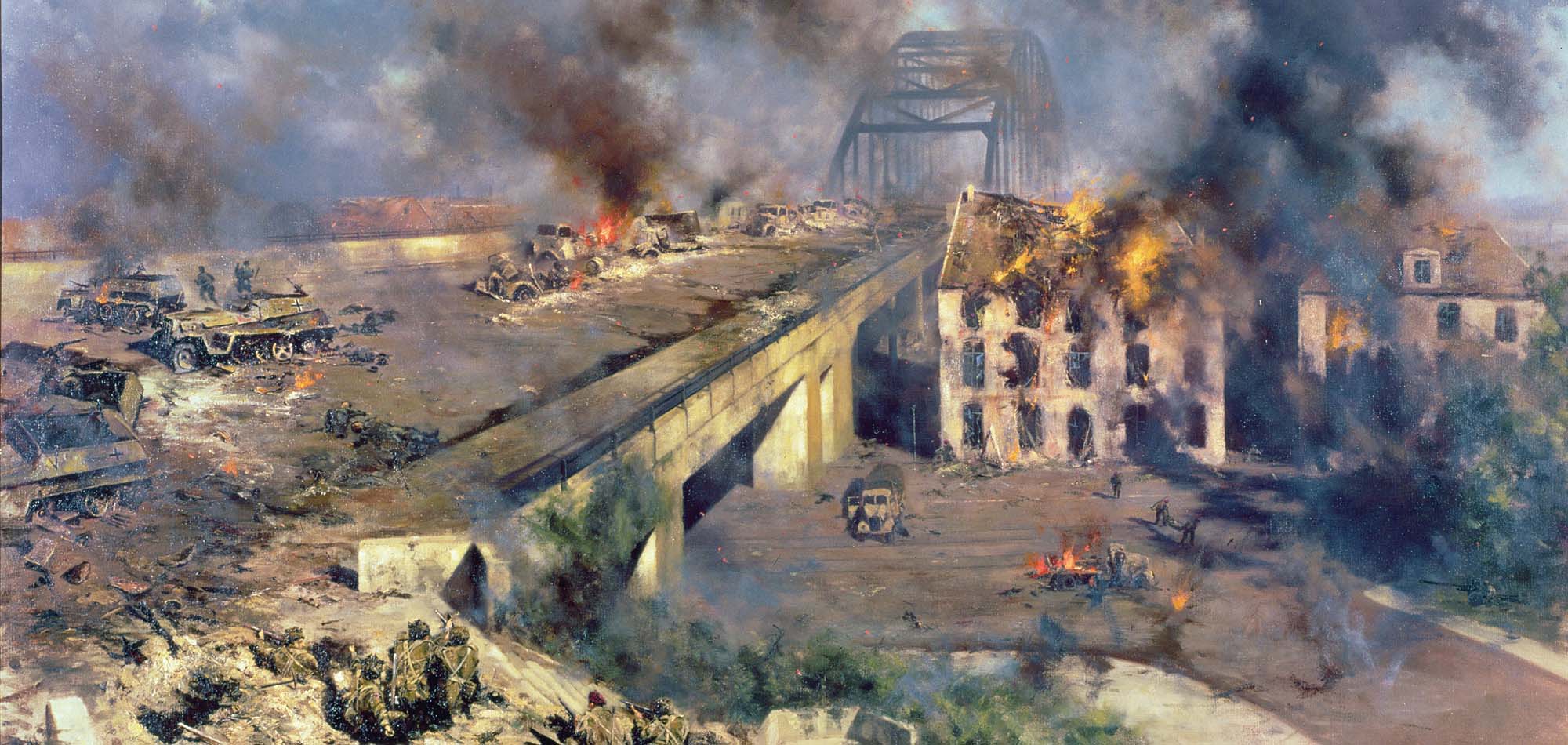
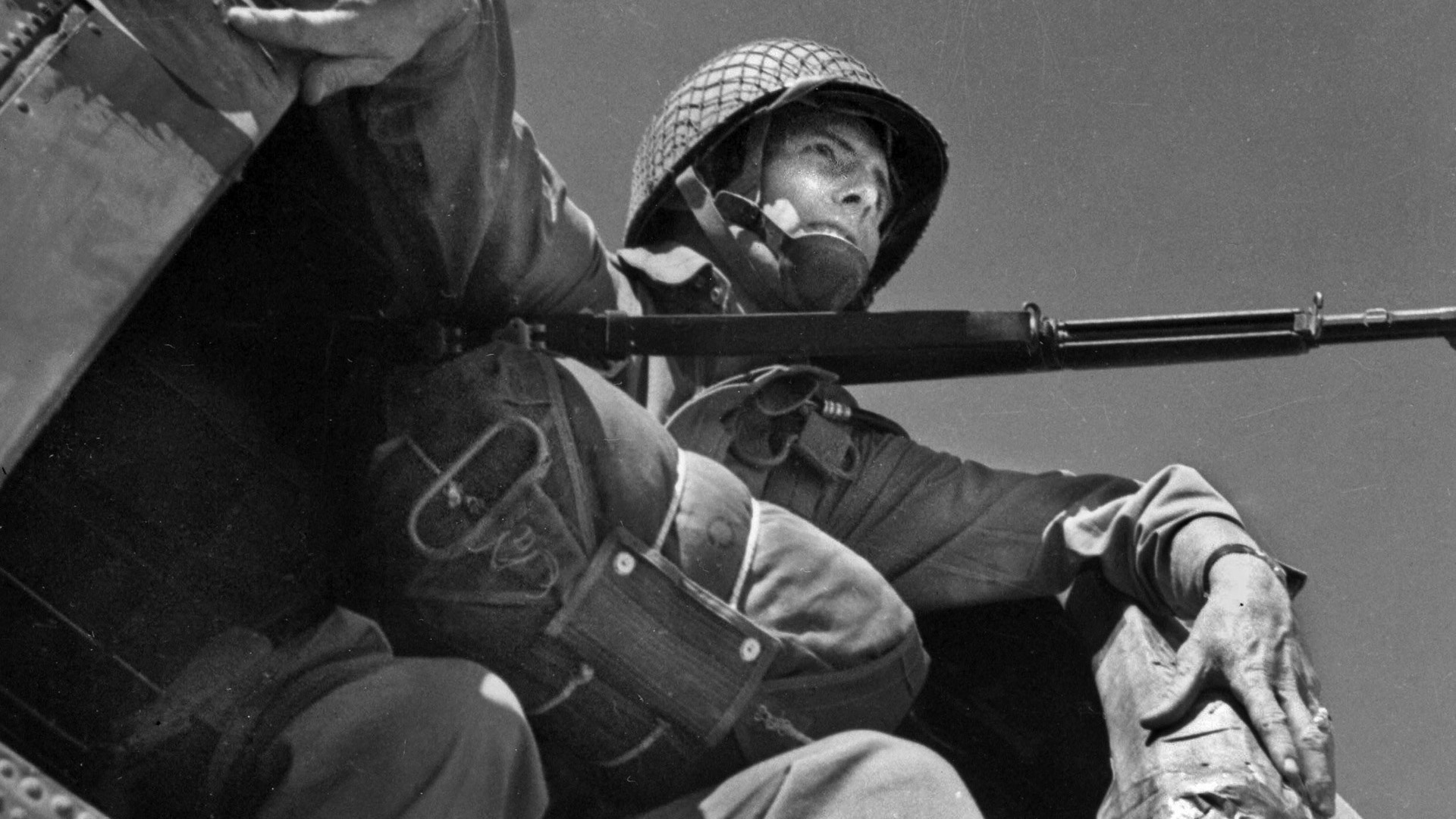
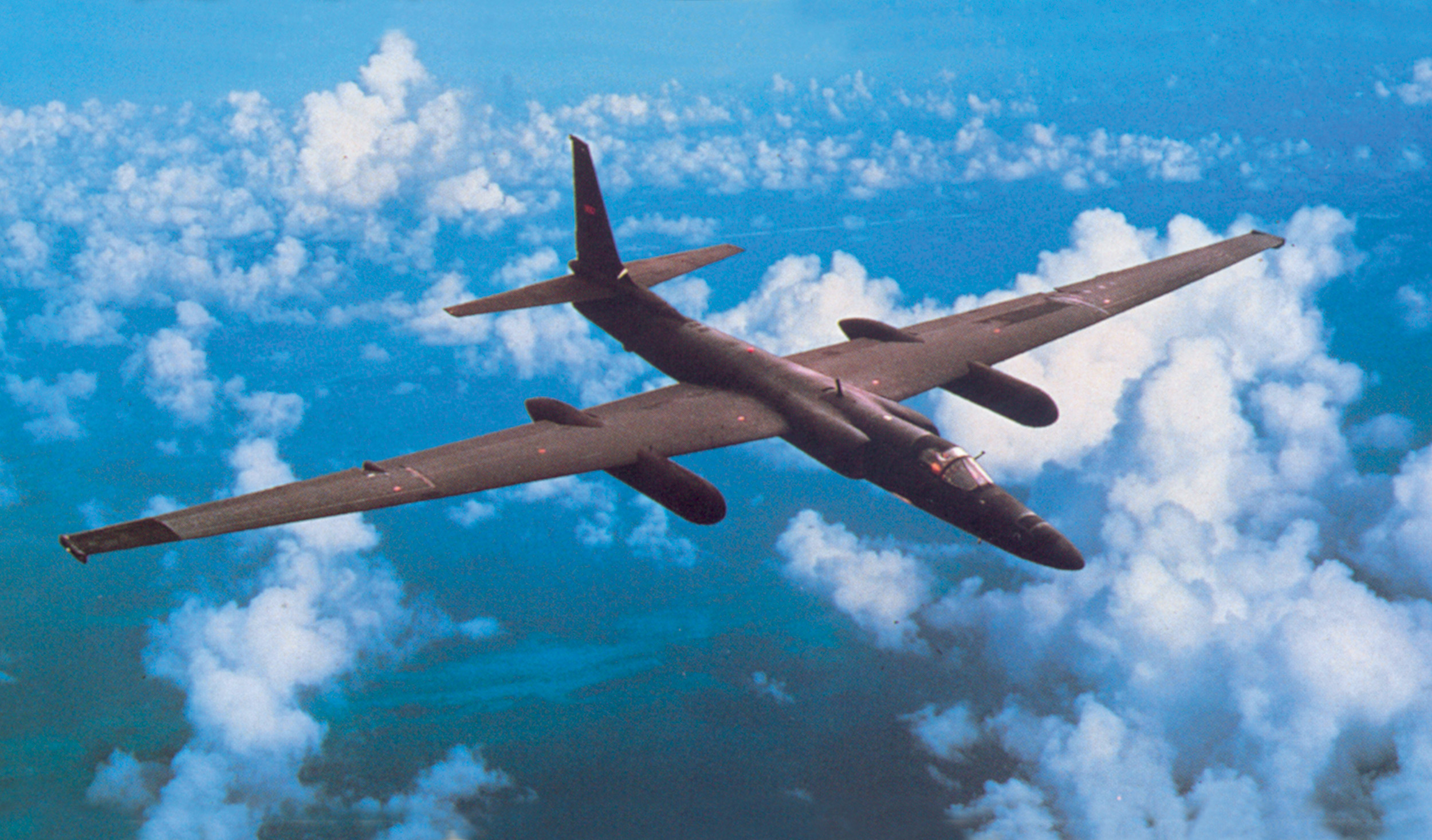
Join The Conversation
Comments
View All Comments